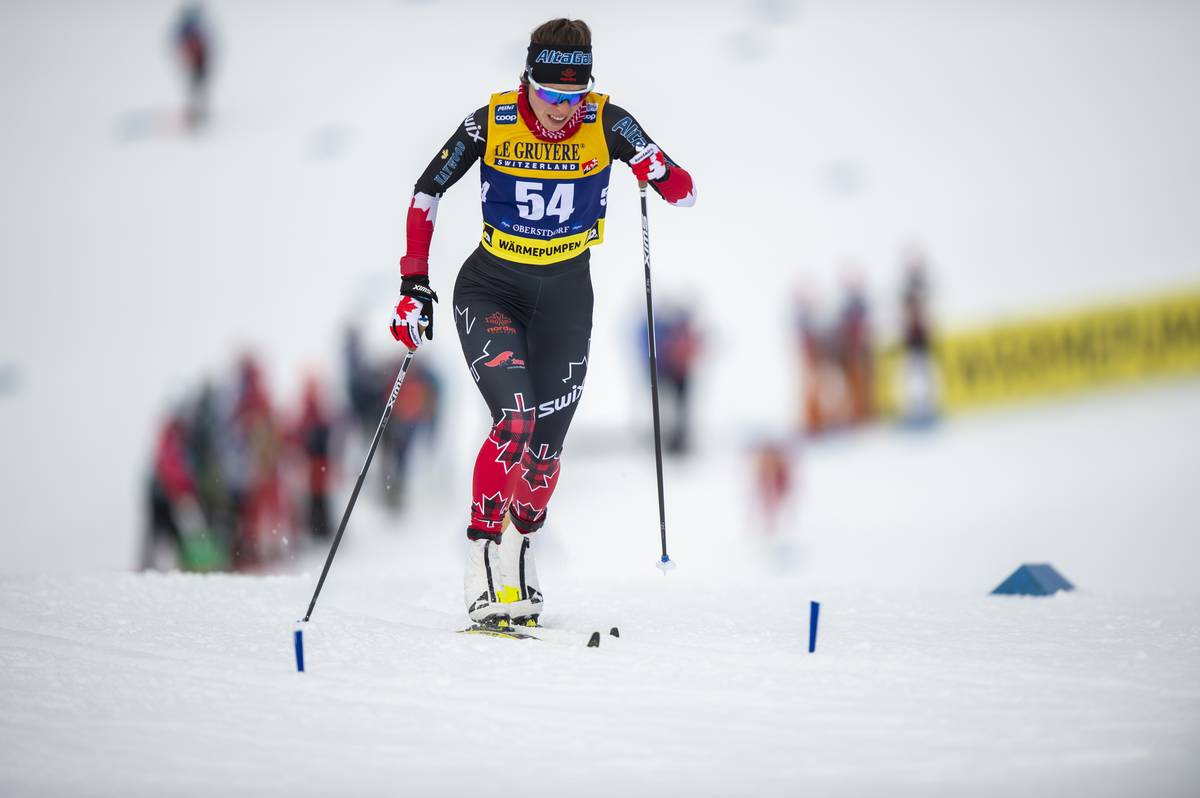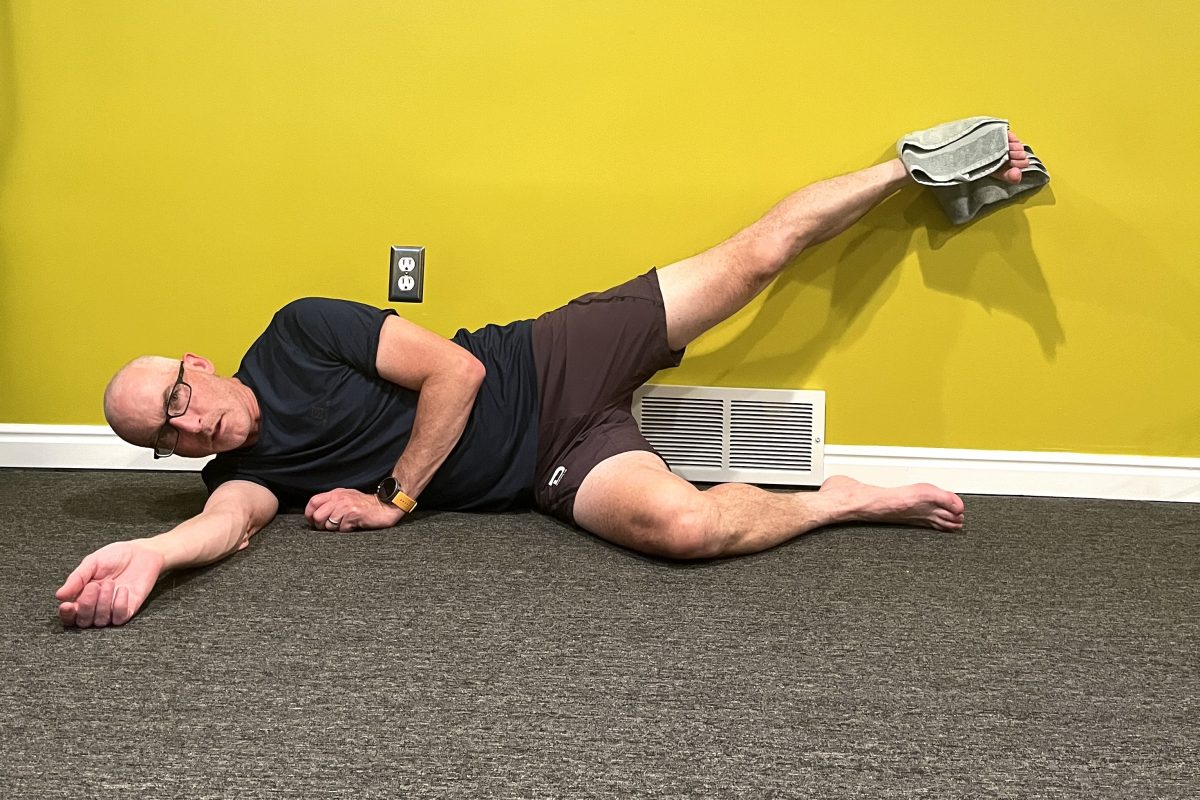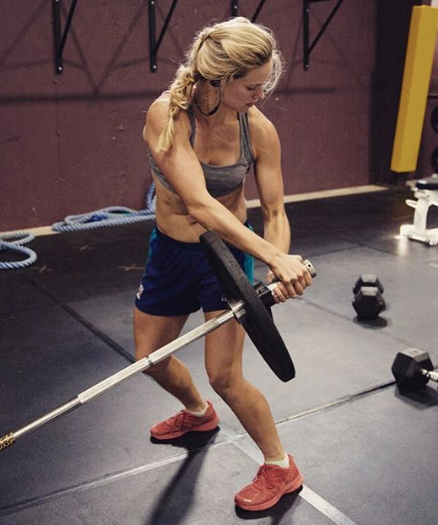Building a Better Skier is a multi-part series born from the inquisitive mind of a physical therapist and late-blooming Nordic skier. The objective is to explore how biomechanics and movement patterns affect skiing technique, and more importantly how you can apply these concepts to improve your skiing. To cover this topic thoroughly would likely require a hefty book, so apologies in advance if these articles lack depth or specificity. Please feel free to email the author with any questions: ned.dowling@hsc.utah.edu

Cross country skiing is hard. Very hard. Not only does it require a well-tuned cardiovascular engine, but technique can make the difference between a Ferrari and a Ford. Whether you’re a podium contender, looking to get some off-season training, or simply schussing about, we are all looking to propel ourselves efficiently.
Technique in any sport exists on a bandwidth. Everyone skis a little differently, just like everyone runs or swings a tennis racquet in their own personal style. If the technique falls within the bandwidth, where it is accurate, powerful, and efficient, then all is good. But when it falls outside of the acceptable range, the cost becomes prohibitive. From a performance perspective, this means bleeding power. From an injury prevention side, this equates to increased load on the system
So what do we do when that efficient technique evades us? When balancing on the glide ski seems like a tightrope over the Grand Canyon? When that elbow angle never seems to satisfy your significant other? If you worked on it all winter and it still didn’t click, then it might be time to look at this technique thing a little differently.
A while back, FasterSkier interviewed Canadian World Cup skier Katherine Stewart-Jones and her coach at the time, Erik Bråten, to discuss the apparent improvement in Katherine’s technique, which led to some of the best results of her career. Sadly, they did not disclose any magic bullets or secrets to speed. However, there was a very large pearl of wisdom:

“I took her off the skis as she could not really handle the movements I was asking her to do. And so until she was able to do that without skis, I think, it is unfair to put her on skinny skis at 30 K an hour and ask her to do it.”
When an athlete has the physical capacity to perform the technique or movement pattern but lacks the understanding or knowledge, this is called a technical deficit. This deficit often will respond to instruction, cues, and coaching. But what if one understands what is being asked but the body won’t cooperate? This is considered a mechanical issue: when a physiological deficit like balance, stability, mobility, or coordination is preventing the appropriate execution. All the cues in the world won’t help if the athlete is physically incapable of moving as desired.
In Katherine’s case, it sounds like she had issues with both the mobility and proprioception (awareness of your body’s position and movement) of her spine. The posture she held, without the ability to correct it on her own, put her in a compromised position which led to a loss of power through her skis and poles. With the help of a physical therapist, she was able to improve these impairments in dryland training before progressing back onto the snow. With her mechanical deficits improved, she had the best race results of her professional career.
I am not a coach or ski instructor and as a significant other I try to keep my mouth shut. I am not here to offer yet another “Hips High!” cue to overcome a technical deficit. As a physical therapist who loses sleep at night analyzing Nordic skiing biomechanics, I strive to help the readers (and my patients) overcome mechanical deficits. In what will be a series of conversions on the topic, Part 1 will be a deeper discussion about posture. Part 2 will go into more detail about the spine, when to move it, and when to keep it still. Part 3 will delve into single-limb stability for both glide and kick. Part 4 will offer advice on shoulder mechanics for powerful yet healthy poling.
Ned Dowling
Ned lives in Salt Lake City, UT where his motto has become, “Came for the powder skiing, stayed for the Nordic.” He is a Physical Therapist at the University of Utah and a member of the US Ski Team medical pool. He can be contacted at ned.dowling@hsc.utah.edu.



